"I WILL (NOT) WIN!" tells the emotional journey of losing childhood friends as adulthood arrives. The game is divided into two parts: the first focuses on choosing a girlfriend from three female childhood friends, while the second explores their reunion six years later. Experience love, loss, and the bittersweet passage of time.
Emotional Storytelling and Character Development
1. Intimate Bonding: In the first part, players meet three unique female childhood friends, each with distinct personalities and backstories. This creates deep emotional connections, allowing players to choose one to become their romantic partner.
2. Life Choices Matter: The narrative encourages players to make choices that influence the relationships, guiding the characters through challenges, happiness, and personal growth. The stakes are high, as decisions shape the future of each friendship.
3. Emotional Growth: The story progresses to the second part, where, after six years, players see how time has affected each character. Relationships evolve, and the feelings of loss, regret, and nostalgia come to the forefront. The transition from childhood to adulthood is depicted poignantly.
Dynamic Gameplay and Multiple Endings
1. Character Interaction: As you navigate through the game, your interactions with each childhood friend shape their paths and the ultimate outcome. Whether it's playful moments, heartfelt conversations, or difficult decisions, each interaction matters.
2. Choices with Impact: The game provides multiple paths depending on how you interact with the characters. Will you stay true to your childhood bonds, or will time and distance change everything? Your choices directly affect the conclusion of each story.
3. Revisitable Outcomes: Players can replay the game to explore different routes and endings. Each decision opens up a new perspective on the relationships, adding replay value and depth to the narrative.
Nostalgic Themes of Friendship and Adulthood
1. The Passage of Time: "I WILL (NOT) WIN!" beautifully captures the fleeting nature of youth. As childhood friendships transform into adult relationships, the game delves into the sadness and acceptance that comes with growing up.
2. Reunion After Years: The second part of the game revolves around the reunion of the four main characters after six years. This part focuses on how time has changed them and whether they can reconnect after drifting apart.
3. The Complexity of Friendship: The game highlights the complexities of maintaining friendships as you mature. It challenges players to reflect on their own lives, pushing them to question what makes a true friend and how relationships evolve with age.
Visuals and Music to Enhance the Experience
1. Immersive Art Style: The game's art direction evokes a sense of nostalgia, with detailed character designs and beautifully crafted environments that reflect the emotional tone of the story.
2. Soundtrack to Set the Mood: The music complements the emotional highs and lows, helping players connect more deeply with the narrative. The carefully composed soundtrack enhances moments of happiness, sorrow, and introspection.
3. Atmospheric Visuals: From childhood to adulthood, the changing scenery and character designs help immerse players in the evolving timeline of the story. The visual transformation of the characters underscores their personal growth and the passage of time.





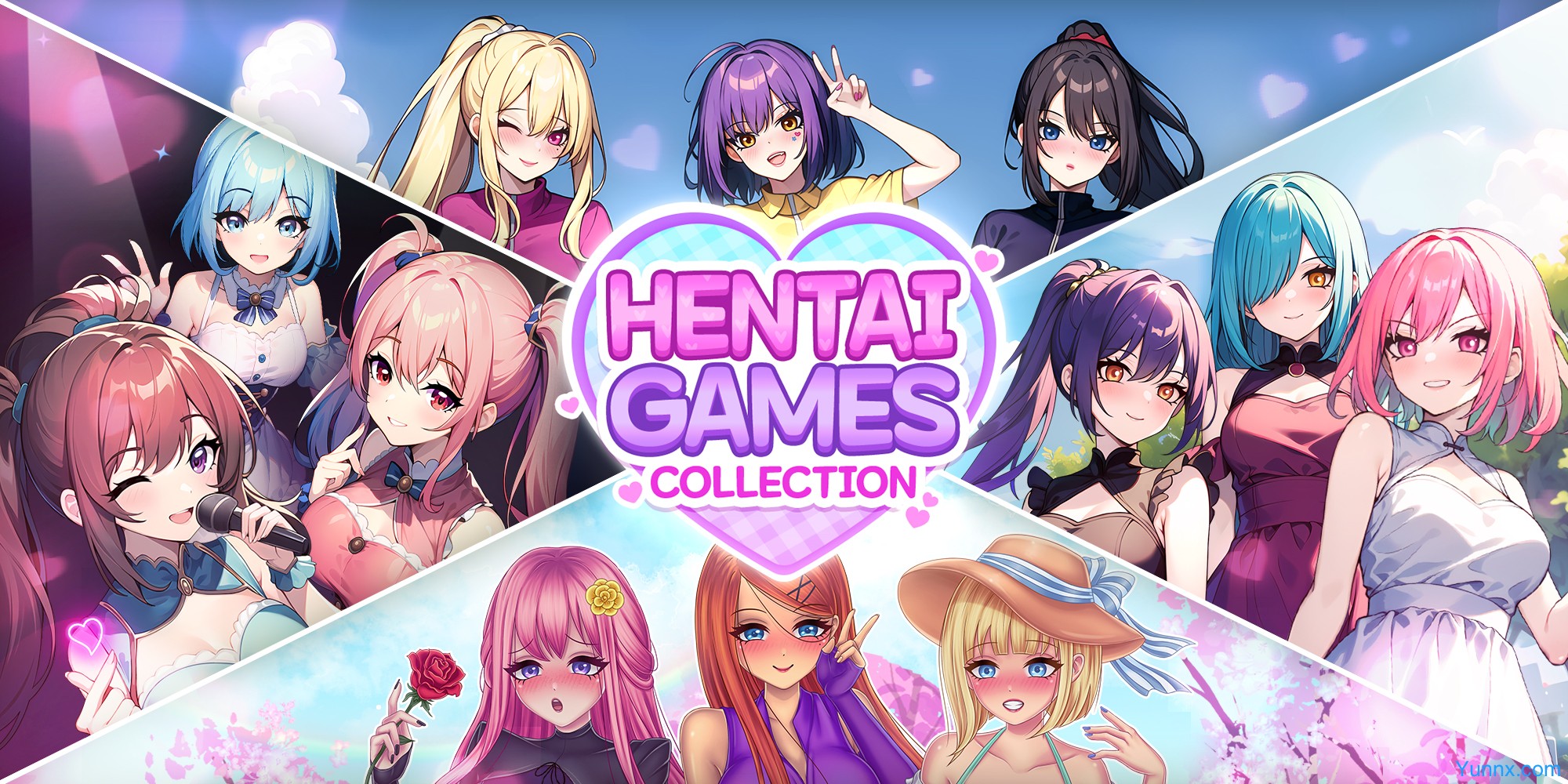




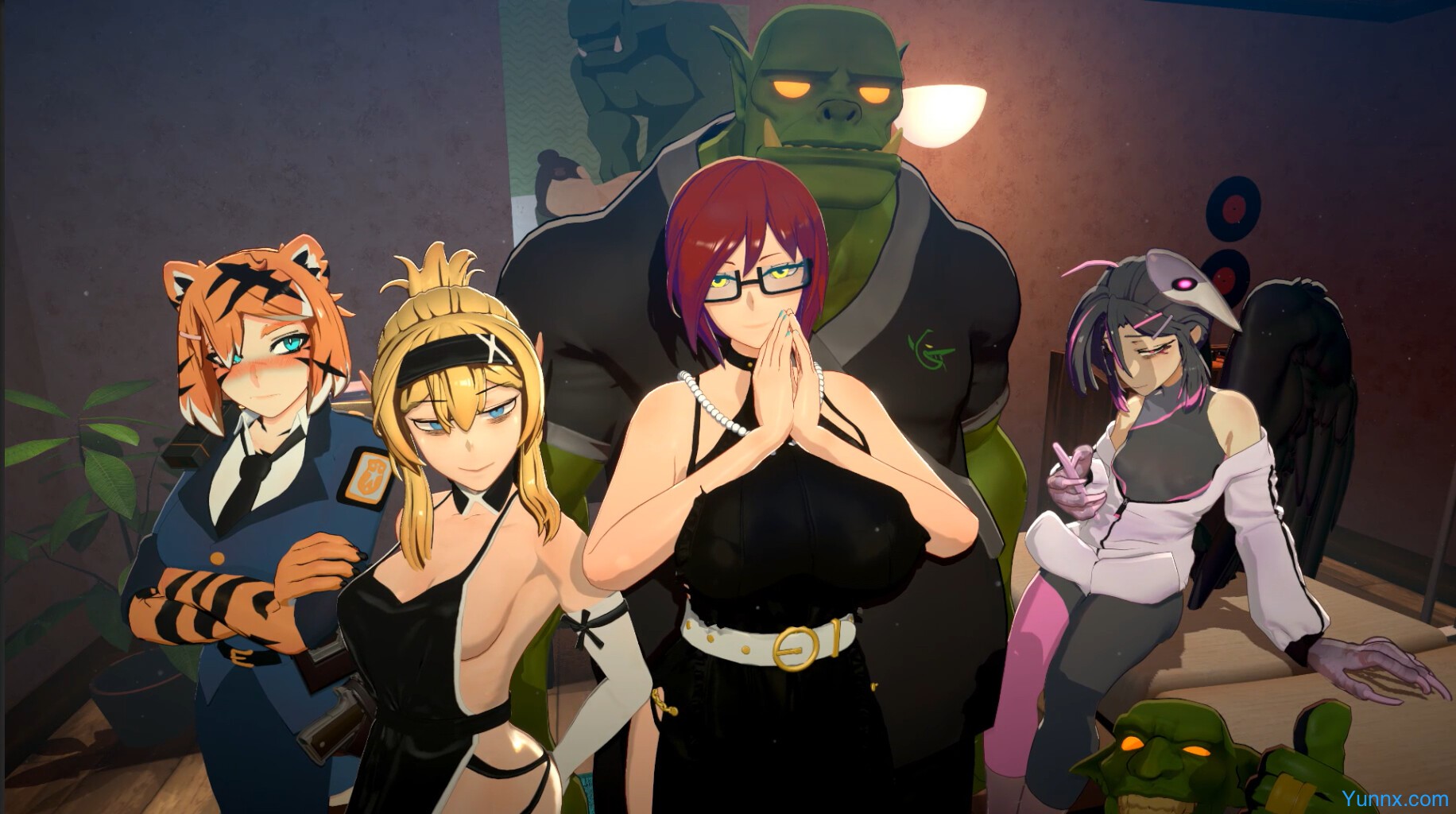
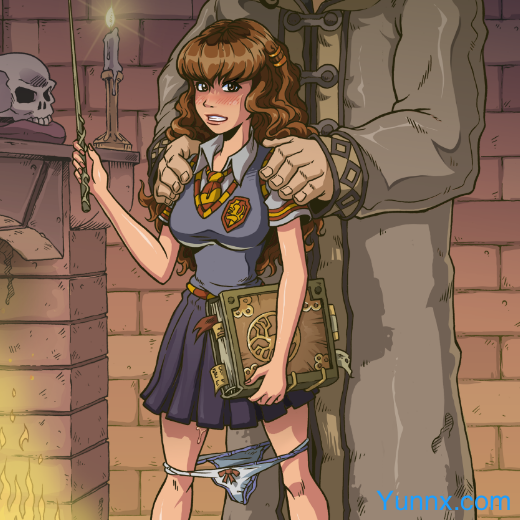


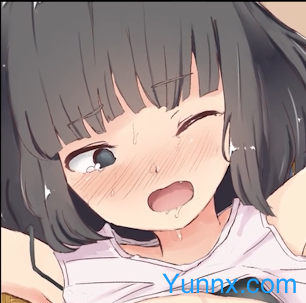





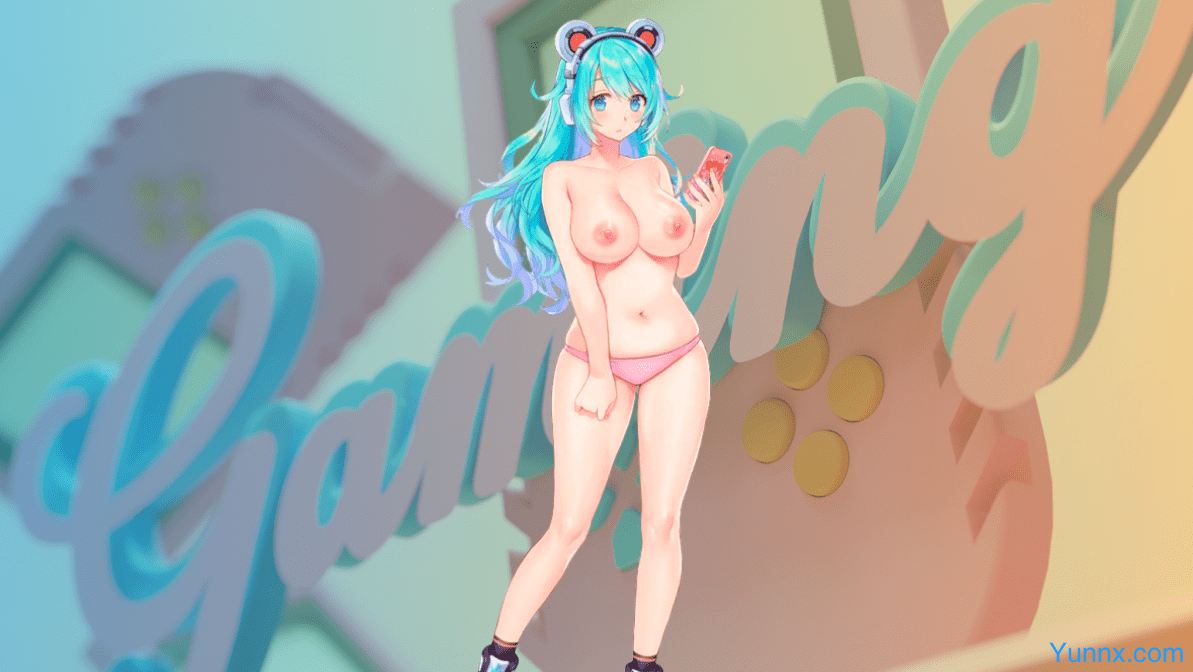











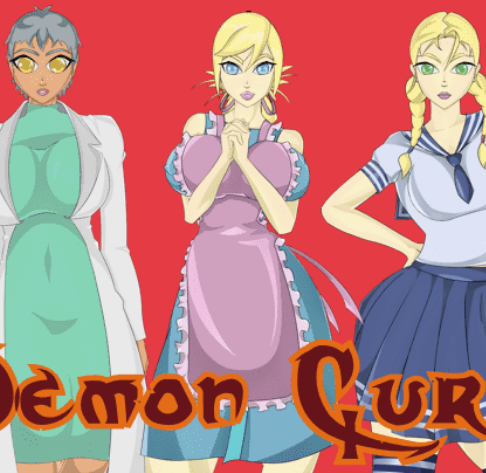



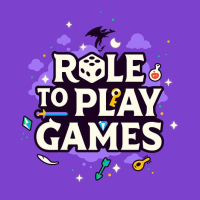
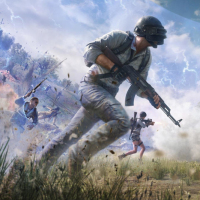

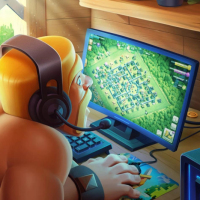


Preview: